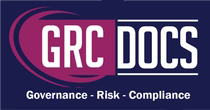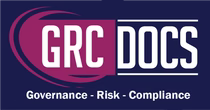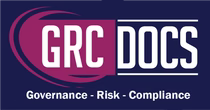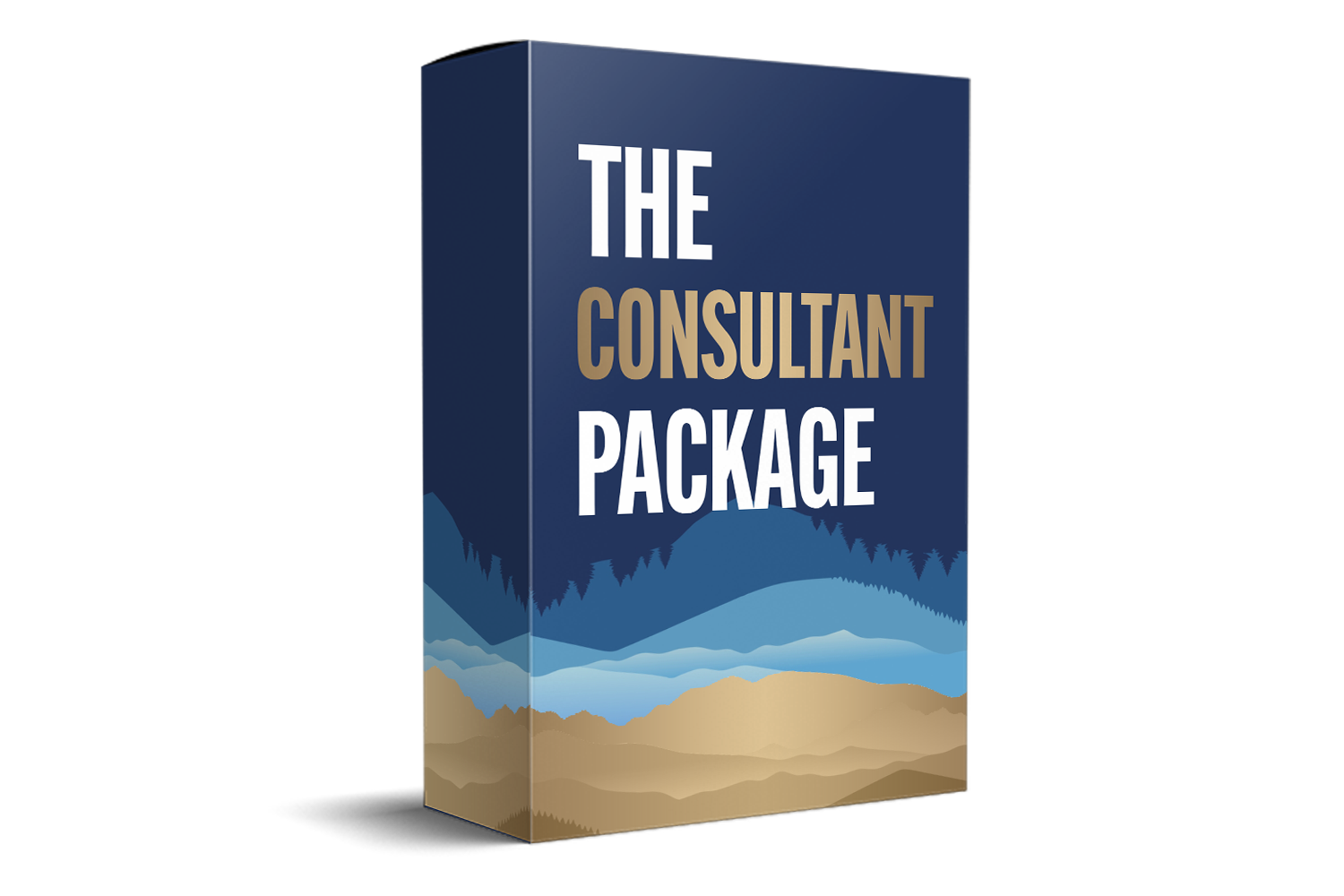SOC 2 Excel Compliance Dashboard Track And Manage Audit Readiness
Introduction
In today's digital age, ensuring your organization's compliance with security standards is not just a priority but a necessity. With cyber threats becoming more sophisticated and frequent, businesses face increased pressure to protect sensitive data and maintain customer trust. SOC 2 compliance stands out as one of the many frameworks designed to keep data secure and organizations accountable. This framework not only provides guidelines for data protection but also helps companies prove their commitment to security to clients and stakeholders. But how can businesses effectively track their compliance efforts? Enter the SOC 2 Excel compliance dashboard—a powerful tool that simplifies compliance tracking and enhances your organization's ability to meet SOC 2 standards. By providing a structured approach to monitoring compliance, it ensures that businesses can focus on their core operations while maintaining high security standards.

The Need For A Compliance Dashboard
As organizations grow, keeping track of compliance manually becomes nearly impossible. The complexity and volume of data involved in compliance processes make traditional methods like spreadsheets, emails, and paper trails inadequate. Without a centralized system, organizations risk losing track of critical compliance tasks, leading to potential vulnerabilities. This is where a compliance dashboard comes into play. A well-structured dashboard offers a centralized location to monitor and manage your compliance efforts, ensuring that nothing slips through the cracks.
Benefits Of A SOC 2 Excel Compliance Dashboard
-
Centralized Tracking: With a SOC 2 Excel compliance dashboard, all your compliance data is in one place. This centralization makes it easier to track, update, and manage compliance-related activities without the hassle of juggling multiple documents or tools. It provides a single source of truth, ensuring that your compliance team can efficiently access and update information as needed. This streamlined approach not only saves time but also reduces the risk of errors that could arise from maintaining disparate records.
-
Real-time Monitoring: A compliance dashboard allows for real-time monitoring of your organization's compliance status. This feature is crucial for identifying any gaps or issues that need immediate attention, ensuring your organization remains compliant at all times. By offering up-to-date insights, real-time monitoring facilitates proactive compliance management, allowing teams to address potential issues before they become significant problems. Additionally, it ensures that compliance efforts are aligned with current standards, providing peace of mind that your organization is consistently meeting its obligations.
-
Simplified Reporting: Generating compliance reports can be a time-consuming task. However, a compliance dashboard can automate this process, providing quick and easy access to the information needed for audits and assessments. Automated reporting not only saves valuable time but also ensures consistency and accuracy in the reports generated. This efficiency is particularly beneficial during audits, where timely and precise documentation can significantly impact the outcome. Moreover, simplified reporting enables organizations to dedicate more resources to enhancing their compliance strategies rather than managing paperwork.
- Enhanced Visibility: A dashboard offers a comprehensive view of your compliance status, making it easier for stakeholders to understand and assess your organization's efforts. This visibility is crucial for maintaining transparency and building trust with customers and partners. By providing a clear and detailed overview of compliance activities, stakeholders can make informed decisions and provide valuable input to improve compliance strategies. Enhanced visibility also fosters a culture of accountability within the organization, as employees can see the direct impact of their efforts on overall compliance goals.
Building An Effective SOC 2 Excel Compliance Dashboard
Creating a functional and efficient compliance dashboard requires careful planning and execution. The design and implementation of the dashboard should align with your organization's specific needs and compliance objectives. Here are the steps to consider when building your SOC 2 Excel compliance dashboard:
-
Step 1: Define Your Compliance Metrics: The first step in building a compliance dashboard is defining the metrics you need to track. These metrics should align with the SOC 2 trust service principles and include key performance indicators (KPIs) that reflect your organization's compliance status. Identifying the right metrics is crucial, as they will serve as the foundation for your compliance monitoring efforts. Consider involving key stakeholders in this process to ensure that the selected metrics are comprehensive and relevant to your organization's goals.
-
Step 2: Gather Data: Once you've defined your metrics, the next step is to gather the necessary data. This data can come from various sources, including internal audits, security tools, and third-party assessments. Ensure that the data is accurate and up-to-date for the most reliable insights. The integrity of your dashboard relies heavily on the quality of the data it processes, so it's essential to establish robust data collection and verification procedures. Regularly reviewing and updating your data sources will help maintain the accuracy and relevance of your compliance insights.
-
Step 3: Design the Dashboard: Designing the dashboard is where creativity meets functionality. Your SOC 2 Excel compliance dashboard should be visually appealing yet straightforward. Use charts, graphs, and color-coding to make the data easy to understand and interpret. A well-designed dashboard not only enhances user experience but also facilitates quick decision-making by presenting critical information in a clear and organized manner. Consider incorporating interactive elements that allow users to drill down into specific data points for more detailed analysis, providing greater flexibility in how information is accessed and utilized.
-
Step 4: Implement Automation: To maximize efficiency, incorporate automation into your dashboard. Automation can help streamline data collection, update processes, and generate reports, allowing your team to focus on more strategic compliance activities. By reducing the manual workload, automation minimizes the risk of human error and ensures consistency in compliance processes. Additionally, it enables your team to respond more quickly to compliance challenges, as automated alerts and notifications can highlight potential issues in real-time, prompting immediate action.
- Step 5: Test and Refine: Once your dashboard is built, test it thoroughly to ensure it meets your organization's needs. Gather feedback from stakeholders and make necessary refinements to improve its functionality and user experience. Testing should be an ongoing process, as the compliance landscape and organizational requirements may change over time. By continuously evaluating and refining your dashboard, you can ensure that it remains an effective tool for managing compliance and supporting your organization's strategic objectives.
Best Practices For Using Your Compliance Dashboard
Having a compliance dashboard is only beneficial if used correctly. Proper utilization of the dashboard can significantly enhance your organization's compliance management efforts. Here are some best practices to ensure you get the most out of your SOC 2 Excel compliance dashboard:
-
Regular Updates: Keep your dashboard updated with the latest data to ensure accuracy and reliability. Regular updates will help you stay on top of compliance changes and maintain your organization's good standing. Establish a routine schedule for data updates and review to ensure that your dashboard reflects the most current information. By prioritizing regular updates, you can avoid the pitfalls of outdated or incomplete data, which can compromise your compliance efforts.
-
Continuous Monitoring: Use the dashboard to continuously monitor your compliance status. This proactive approach allows you to identify and address issues before they escalate, reducing the risk of non-compliance. Continuous monitoring not only helps maintain compliance but also provides valuable insights into potential areas for improvement. By leveraging the real-time capabilities of your dashboard, you can stay ahead of compliance challenges and ensure that your organization consistently meets its obligations.
-
Involve Stakeholders: Ensure that relevant stakeholders have access to the dashboard and understand how to use it. Involving stakeholders fosters collaboration and ensures that everyone is aligned with your organization's compliance goals. By engaging stakeholders from different departments, you can create a more comprehensive and effective compliance strategy that addresses diverse needs and perspectives. Regular communication and training sessions can help stakeholders stay informed about compliance requirements and best practices, promoting a culture of accountability and shared responsibility.
- Leverage Insights: Your compliance dashboard is a valuable source of insights. Use these insights to drive decision-making and improve your organization's overall compliance strategy. By analyzing trends and patterns in the data, you can identify areas where your compliance efforts are succeeding and where there is room for improvement. Leveraging these insights can inform strategic decisions, such as resource allocation and policy development, ultimately enhancing your organization's compliance posture and competitive advantage.
Conclusion
In an era where data security is paramount, staying compliant with frameworks like SOC 2 is critical. A SOC 2 Excel compliance dashboard offers a practical solution for tracking and managing your compliance efforts. By providing a centralized, real-time view of your organization's compliance status, it enhances visibility, simplifies reporting, and ensures that you remain ahead of potential compliance challenges. A well-designed dashboard not only helps maintain compliance but also fosters a culture of transparency and trust within the organization and with external stakeholders.






